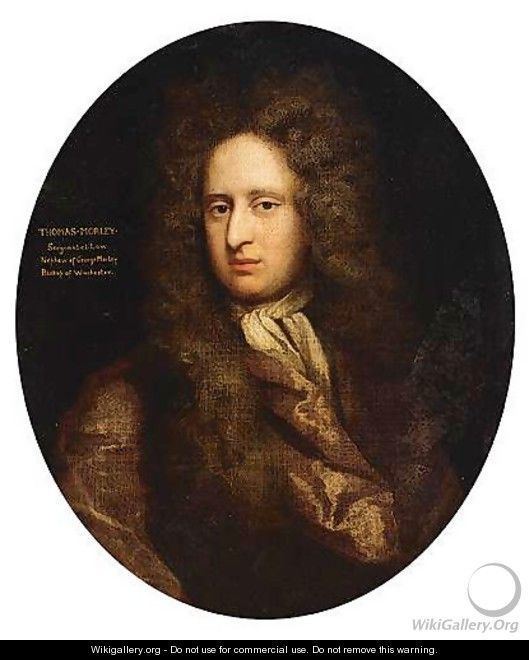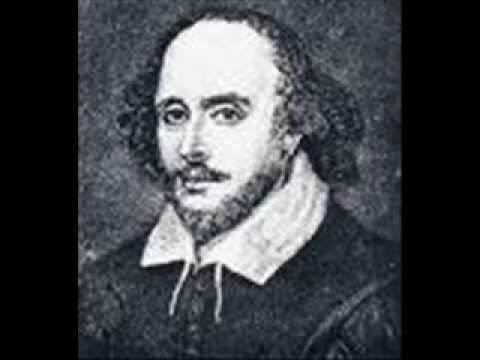Name Thomas Morley Role Composer | ||
 | ||
Occupation composer, organist and madrigalist Died October 1602, London, United Kingdom Books A Plain and Easy Introducti, The Haunting, Madrigal, A plaine and easie introducti, The Triumphs of Oriana Similar Giovanni Pierluigi da Palestrina, Adam de la Halle, Thomas Weelkes | ||
Pavane thomas morley
Thomas Morley (1557 or 1558 – early October 1602) was an English composer, theorist, singer and organist of the Renaissance. He was one of the foremost members of the English Madrigal School. He was also involved in music publishing, and from 1598 up to his death he held a printing patent (a type of monopoly). He used the monopoly in partnership with professional music printers such as Thomas East. According to Philip Brett and Tessa Murray, Morley was 'chiefly responsible for grafting the Italian shoot on to the native stock and initiating the curiously brief but brilliant flowering of the madrigal that constitutes one of the most colourful episodes in the history of English music'.
Contents

Living in London at the same time as Shakespeare, he became organist at St Paul's Cathedral. He was the most famous composer of secular music in Elizabethan England. He and Robert Johnson are the composers of the only surviving contemporary settings of verse by Shakespeare.

5 nolo mortem peccatoris thomas morley
Life
Morley was born in Norwich, in East England, the son of a brewer. Most likely he was a singer in the local cathedral from his boyhood, and he became master of choristers there in 1583. However, it is assumed that Morley moved from Norwich Cathedral sometime before 1574 to be a chorister at St Paul's Cathedral. He was working as a singer in London in the 1570s and appears to have studied with William Byrd at that time who was his mentor, who also taught contemporary Peter Philips. While the dates he studied with Byrd are not known, they were most likely in the early 1570s. In his 1597 publication A Plain and Easie Introduction to Practicall Musicke, Morley mentions Byrd as his mentor. In 1588 he received his bachelor's degree from the University of Oxford, and shortly thereafter was employed as organist at St. Paul's in London. His young son died the following year in 1589. He and his wife Susan had three children between 1596 and 1600. He, like Byrd, was Roman Catholic, but he was able to avoid prosecution as a rescusant by repenting.
In 1588 Nicholas Yonge published his Musica transalpina, the collection of Italian madrigals fitted with English texts, which touched off the explosive and colourful vogue for madrigal composition in England. Morley obviously found his compositional direction at this time, and shortly afterwards began publishing his own collections of madrigals (11 in all).
Morley resided in the same parish as Shakespeare for a period, leading to long-standing speculation about a potential connection between the two, though evidence of such a relationship has never been confirmed. While Morley is renowned for his musical setting of "It was a lover and his lass" from Shakespeare's "As You Like It," it remains unclear if this composition was ever utilized in a performance of the play, despite the apparent likelihood.
While Morley attempted to imitate the spirit of Byrd in some of his early sacred works, it was in the form of the madrigal that he made his principal contribution to music history. His work in the genre has remained in the repertory to the present day, and shows a wider variety of emotional color, form and technique than anything by other composers of the period. Usually his madrigals are light, quick-moving and easily singable, like his well-known "Now is the Month of Maying" (which is actually a ballett); he took the aspects of Italian style that suited his personality and anglicised them. Other composers of the English Madrigal School, for instance Thomas Weelkes and John Wilbye, were to write madrigals in a more serious or sombre vein.
In addition to his madrigals, Morley wrote instrumental music, including keyboard music (some of which has been preserved in the Fitzwilliam Virginal Book), and music for the broken consort, a uniquely English ensemble of two viols, flute, lute, cittern and bandora, notably as published by William Barley in 1599 in The First Booke of Consort Lessons, made by diuers exquisite Authors, for six Instruments to play together, the Treble Lute, the Bandora, the Cittern, the Base-Violl, the Flute & Treble-Violl.
Morley's Plaine and Easie Introduction to Practicall Musicke (published 1597) remained popular for almost two hundred years after its author's death, and is still an important reference for information about sixteenth century composition and performance.
Compositions
Thomas Morley's compositions include (in alphabetical order):
